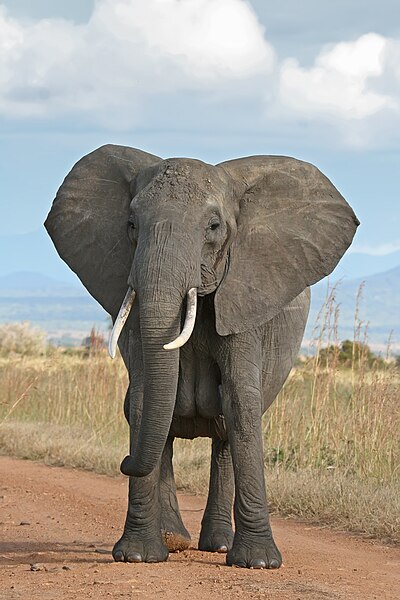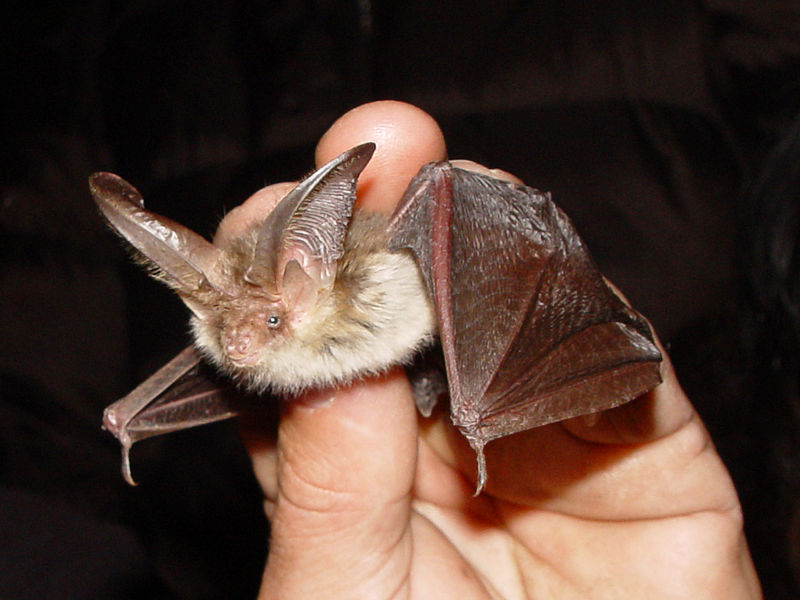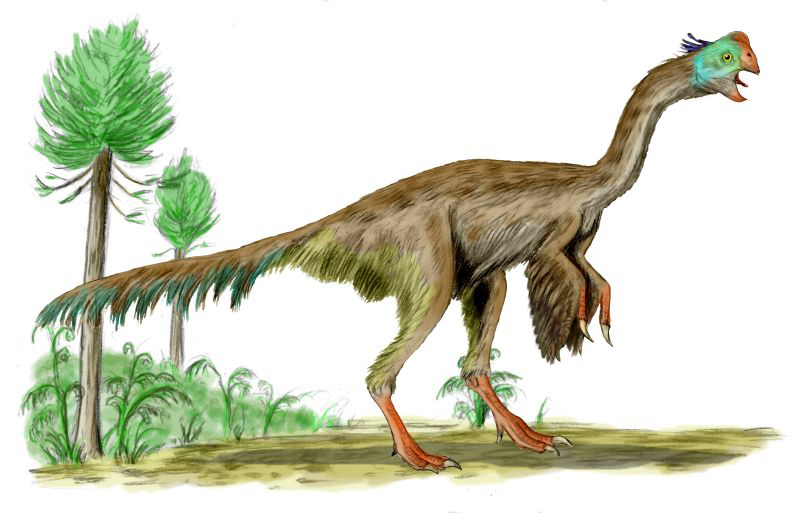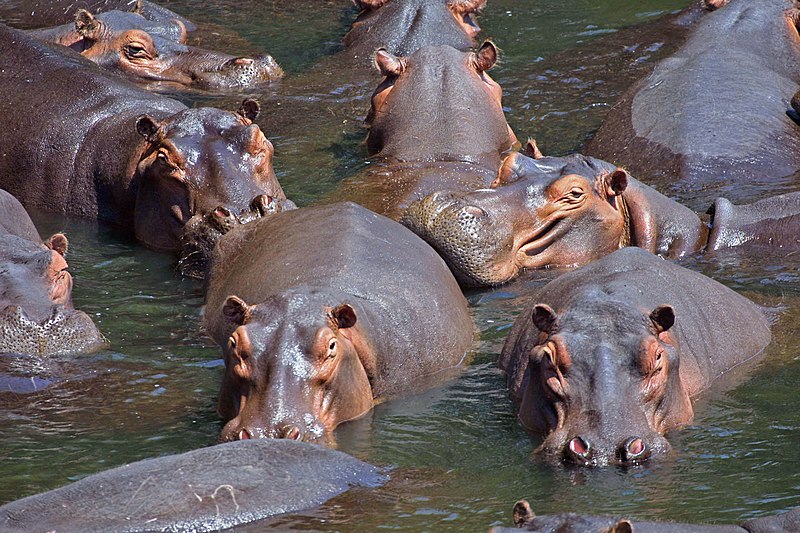“Bad news comes in all
shapes and sizes. Life is full of disappointment. Life is a world of sad
tribulation. And yet, there is beauty and life at the same time.” Christian
Ryan, 2012
The statement above is so, so true. Ok, maybe what I’m about
to say isn’t quite as bad as the statement above suggests, but it is indeed a
bummer: my Christmas play, “A Big Misunderstanding,” is officially cancelled L. I’m bummed, but it really is for
the best, I mean, really, it’s only a few tens of days till Christmas (61 days
to be exact). Not a whole lot of time to do a Christmas play! So now we can
turn our attention to the Easter play I also wrote called, “The King on a
Cross”, formally known as, “Worthy is the Lamb”. We plan to work on that this
coming January of 2013.
Many of you may be wondering how my next stop-motion film: “Animal Face-Off: Elephant vs. Rhino” is doing. Well, it’s coming along
great; I’d say it’s about 25% finished. I plan to release it sometime in early
November. Don’t forget to check out my last movie a few posts ago and post your
comments about it (that will help me make better and better movies).
Many are very excited this time of year. Not about Christmas
or Thanksgiving, but another “holiday” coming much sooner than that: Halloween!
Stores all over the country make millions (if not billions) of dollars every
year on Halloween decorations and costumes, the only holiday that makes more
money is Christmas. Now only do they make money on costumes and decorations,
but they also make money on candy, tons and tons of candy. They also have those
creepy tours through those supposedly “haunted houses”. “The gorier the better”
seems to be today’s slogan of Halloween. Over the years, costumes and
decorations have become creepier and gorier. I mean, on my Dad’s way to work,
he passes a house with at least . . . say, 20-40 decorations (I’m not exaggerating) ranging from eerie
skeletons that appear to be rising out of the ground to a GIANT inflatable black cat, to an inflatable horse and headless
rider (the rider is carrying his head under his arm). I mean, one of those big
inflatable cats can be worth $40 by itself, and they have a bunch of things
like that in their yard, so they probably have well over $100 worth of
decorations in their yard.
 |
| A spooky looking Jack-o-Lantern |
Now, being a born again
Christian, my family and I don’t celebrate Halloween. Some Christians do
celebrate Halloween, but I really don’t condone it. When we talk something
positive about this day, we call it “Harvest Day”. Should Christians really be
celebrating this holiday? What is a Christian to do on October 31st? Well, that is what this post wishes to tackle. So please continue reading to
learn stuff about this holiday you never knew about (by the way, Halloween is not an official holiday, contrary to
popular belief).
I firmly believe that in order to address and tackle an
enemy, we must know something about it. The same applies to evil “holidays”. So
let’s take a look at its history and see how not harmless some of those
Halloween traditions are.
Now where did Halloween begin? Well, there are many ancient
cultures that have days very similar to Halloween. These cultures range from
Ireland to Mexico (the Mexican version of Halloween is called, “The Day of the
Dead”). Now if there were only a few places around the world that have
Halloween-like events, then it would be considered “coincidental”, but with so
many different cultures around the world celebrating Halloween-like “holidays”,
it’s unlikely that they all just coincidentally are similar, no, it’s way older
than you think!
Some tell you that Halloween-cultures started a few thousand years ago, but really, the
world’s human population was already spread apart by that time, so it is more
likely that its origins are older than that. They probably route back to a time
when the world’s human population was in one location. And there’s one and only
one time after the Flood when the world population was together – right after
Noah’s Flood and before Babel, around 4,300 years ago! That’s old! How can we
even assume that? Well, the Flood of Noah killed a whole lot of people. Only
eight people survived – Noah, his wife, his sons and their wives. From them,
the human population came, including everyone on the planet today. Now
considering Noah and his family probably lost a lot of relatives who failed to
listen to God’s warning, they must have been a little sad. Perhaps the people
living right after the Flood made a special event to remember those souls lost in the waters (of course this is just
speculation since the Bible says nothing about this “remembrance day”). Another
theory deals with Noah’s wife. Noah’s wife isn’t mentioned in the Bible a
little while after the Flood. We don’t know for sure, but perhaps this is
because she died soon after the Flood. We know in that portion of the Bible
that people lived hundreds of years at a time, so Noah’s generation (which at
this time only would have consisted of him and his wife) would have lived to
see their children grow up to have children of their own, and have
grandchildren and great grandchildren and great, great grandchildren and great,
great, great grandchildren and so forth. So it could be that after having many
great, great, great . . . grandchildren, Noah’s wife died and her grandkiddies
held a special “remembrance day” for this woman.
We may never know exactly where this “holiday” begun, but
either way, after leaving the Tower of Babel as described in Genesis, people
would have taken the “remembrance day” culture with them as they traveled the
globe, but as they did so, they did some tweaking to this day as we’ll see in a
minute.
Flashing to the bit more recent time of more than 2,000 years
ago, the Druids, or Celtic people of Ireland, Great Britain, France had morphed
this “holiday” a lot. These people had elaborate and religious pagan festivals,
one of the most important was the Fire Festival called Samhain (it’s pronounced
sow-en, nothing at all like it’s
spelled, is it?) that was observed in harvest time. Now the Celtic people had a
lot of strange beliefs, one of which was that on this particular night, the
barrier between natural world and the supernatural world was removed and the
spirits of the dead can roam among us in the form of ghosts. This event was nowhere
near as “fun and lighthearted” as today’s Halloween, but this is where the
“spooky version” of it originated.
Halloween wasn’t all paganized though. Actually, early
Christians made their own “Halloween” day . . . sort of. The customs of this
day were Christianized in 835 A.D. when Pope Gregory IV decided to dedicate a
day to the believers who had died. This day was called “Feat of All Saints” and
was originally in the spring but was moved to November 1st to
replace Samhain. The day before “Feast of All Saints” was called “All Hallow’s
Eve” and was a sacred vigil in church. Apparently, “All Hallow’s Eve” was too
long for most, so it was shortened to “Hallow’s Eve”, then to “Hallow’en” and
today most of us just write (or type in my case) “Halloween”. So we have two “holidays” that are somewhat
similar: Samhain, a 100% pagan thing and “All Hallow’s Eve”, a Christian-type
thing. Which one do you think is the one that stuck around?
 |
| Every year, Halloween costumes and decorations get more and more gruesome! |
If you guessed Samhain, you’re wrong! Today’s Halloween is a
mixture of Samhain AND “All Hallow’s
Eve”. But there’s more to the story than that. The knocking on door thing was
started in the British Isles where people in masks would go from door to door
putting on a simple performance to earn (what else?) food and drink! Many times
these shows had Christian themes. (Keep in mind I did say, “many times”. Some
of these people would simply go up and ask for something and then if they got
it they’d bless the house, if they didn’t they’d curse the house) So how did we
get from putting on a show to earn food to simply knocking on a door and
yelling, “Trick or treat!”?
 |
| When first started, Trick-or-Treater's Costumes were never this spooky! |
Well that story started back when Irish and Scottish folks
brought Halloween customs to America in the 19th century (Halloweens
much more complex than you thought, isn’t it?). On Halloween night, “some”
vandals (a lot, actually) started doing “cute” pranks and mischief. These folks
did stuff like soap windows, tipping outhouses and yanking doors off their
hinges (doesn’t sound very “cute” to me!). These were said to have been the
work of mischievous ghosts, goblins and witches. When we reached the 1920’s
though, these jokes weren’t very humorous at all! This is why Halloween is the
policeman’s least favorite day of the year, they have to always stay on their
toes! The sabotage was getting worse. So community clubs such as Boy Scouts
decided to help the situation. They decided it would be a good idea to have
children going from door to door and yell, “Trick or Treat!” as soon as the
door was opened. This would keep those vandals away. It didn’t take long to
catch on, by the 1930’s it was a popular Halloween activity. So this type of
Halloween wasn’t bad. It was fun, playful, and entertaining. It wasn’t bad at
all . . . yet!
As we all have noticed over the years, costumes get more and
more gory and horrific. And the Samhain part of Halloween has started to come
out. Ghosts, goblins and witches (along with their witch craft) is creeping out
and haunting like they did 2,000 years ago. However, unlike the legend, they
don’t really haunt the earth, except in the form of imaginations. Today’s
Halloween, a “holiday” intentionally supposed to be a Christian day, is a day
filled with spooky, creepy paganism that deals with the souls of those who’ve
died. Now you know exactly how bad Halloween really is and why my family
doesn’t celebrate!
Some of you might be asking yourselves, “What’s so bad about
witchcraft?” (Supposed ghost encounters is a whole other topic, I’ll talk about
that later). Think my talk on this subject is cheap? Well, God’s talk is
definitely not cheap! God Himself speaks against paganism and witchcraft in the
books of the Law (the first five books of the Bible). Yes, witches are also not
new, they were around 3,000 years ago, about the time of Moses. . . . So as you
can see, God warned us to not follow paganism, as harmless as it seems, it has
a much, much deeper thing to it. It’s all in Satan’s evil plot to get people
away from God. As I’ve expressed in previous posts, Satan is very real indeed!
There is a Heaven and Hell.
A lot of people don’t know this, but Satan is really an
expelled angel who used to live with God. In the book of Ezekiel, we read that
his sound was like that of a beautiful instrument. However, when Satan got
prideful, he was banished. Believe me, Satan is no joke, he’s got lots of power.
However, being his Creator, God has even MORE
power. Satan really wants to lure people away from God and Halloween is
just one of those times he uses to do this, in the form of “harmless” witchcraft,
fake devils (by the way, Satan doesn’t have horns, a pointy tail and pitchfork
either), ghosts, goblins and skeletons. (And after all, the main themes of today's version of Halloween are death, curse, spookiness and just plain gory) Even things that really aren’t bad are
used a lot on this day, such as black cats, bats, spiders and crows. None of
these animals are bad at all (see my previous article: “WE'RE BATTY FOR BATS” for more information). So seriously, what’s a
Christian to do on this evil “holiday”?
Well, there’s lots to do! First of all, one option is to pray
for all those poor lost souls engaged in this paganism. Another thing you can
do is along with your candy, give out Bible tracks. Kids will take just about
anything if there’s candy involved. If you don’t feel like the whole
“trick-or-treaters” thing (or even if you do), you can go to your church and
help out with your church’s Halloween, or rather, “Harvest Day” event. If your
church doesn’t have this event planned, you should inquire about it (and if
it’s too close to the date, simply suggest it for next year). Beware, Satan is
out to stop all lost souls from God’s holy Word. But together, and with God’s
help, we can use this paganism’s “holiday” to reach more lost souls and lead
them to God by telling them about Jesus’ message of salvation!
Wowee! We learned A
LOT about Halloween, er . . . “Harvest Day” today didn’t we? I learned a
lot myself! (I’m not kidding like they do on those little preschooler TV shows,
I really did learn a lot!) This topic is rather heavy so please, if you have a
puzzling question about anything in this post (or anything about myself, my
book, “THE KING ON A CROSS”, animals
(including dinosaurs), Creation, God or etc.) please feel free to send your
question as a comment. You don’t have to sign in to do this. Or you can send an
email to animaladventures@aol.com. Thanks
for reading today! Bye for now!
PS: Please help expand our wiki, Exploration Books Pedia.
It’s free!
PS 2: Be sure and check out Smiley’s News to see today’s
latest news.






.jpg/450px-Bat(20070605).jpg)












